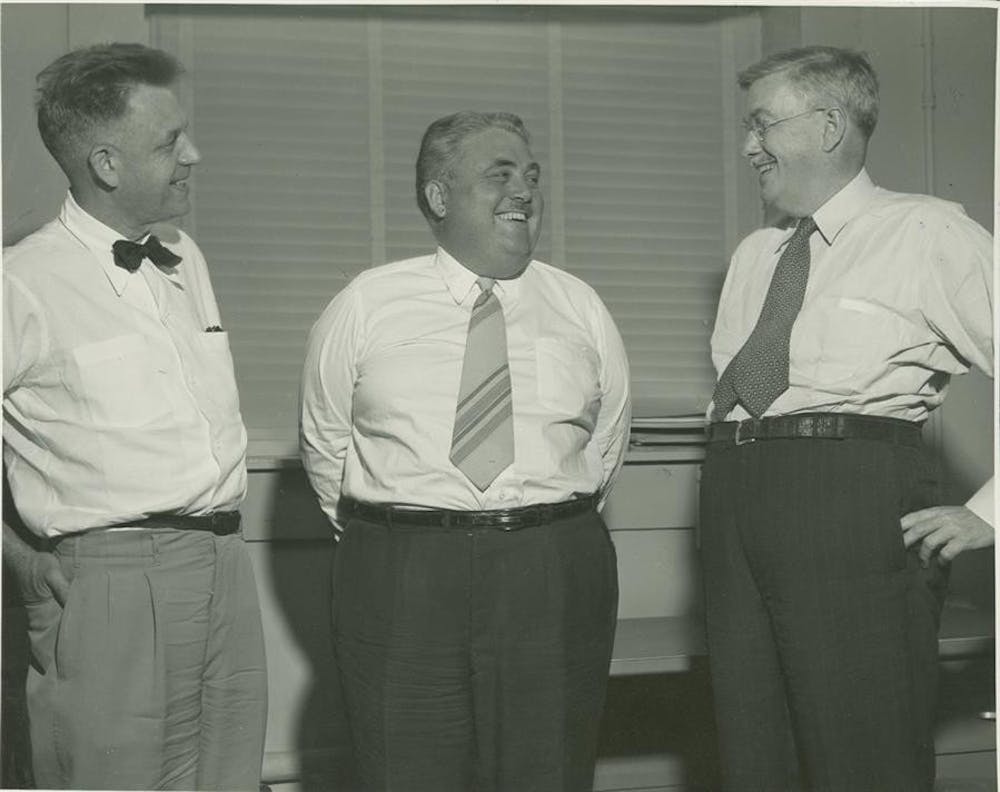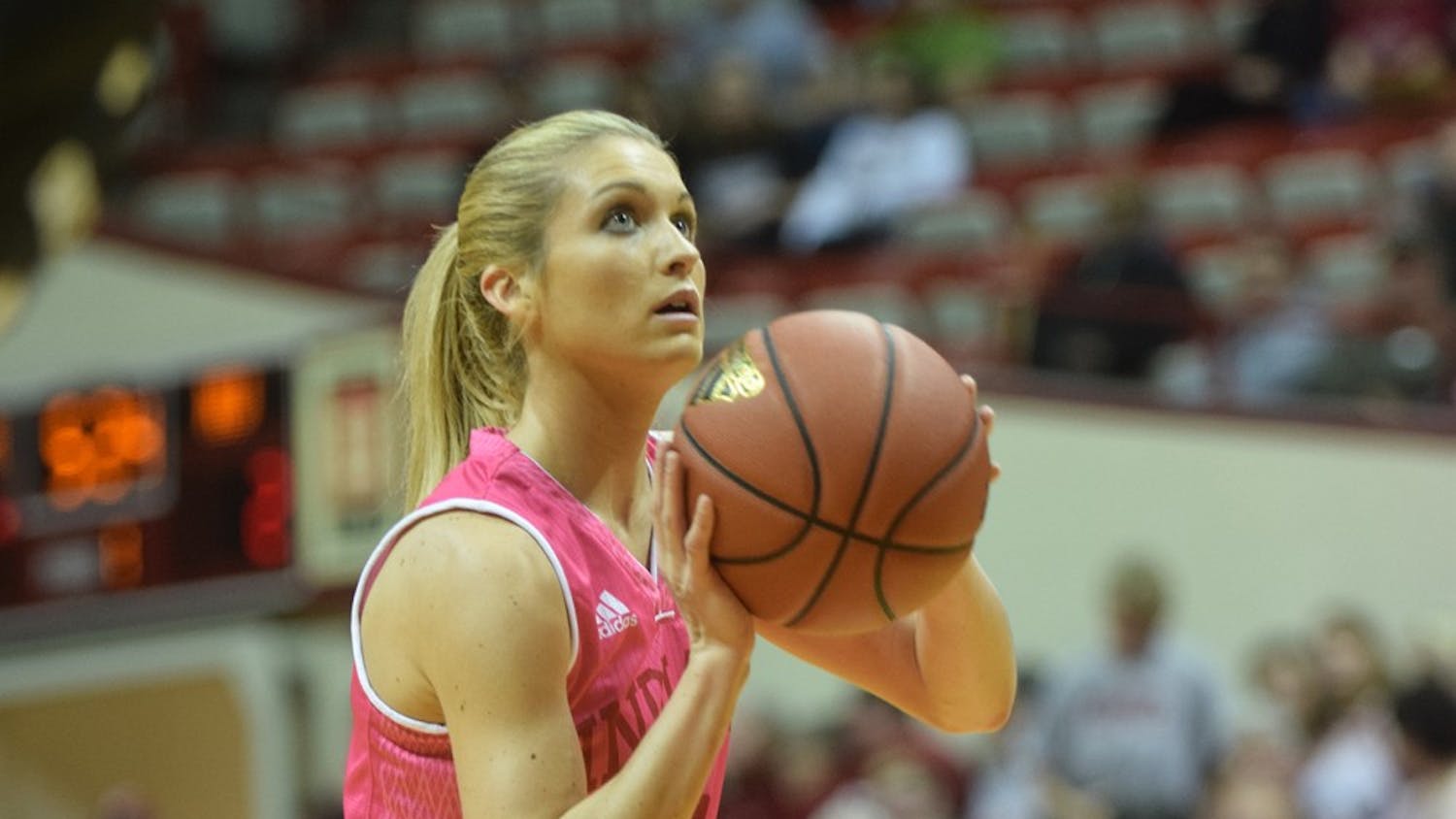Decades later, Kinsey’s devotion to studying human sexuality and shattering the silence on sexual health is illuminated in the halls of the Kinsey Institute for Research in Sex, Gender and Reproduction and continues to inspire and inform IU students, the Bloomington community and the world.
The Kinsey Institute is the world’s leading sexuality and sexual health research center Jennifer Bass, Kinsey ?Communications Director, said.
“As you go around the world, people might know the Kinsey Institute and might not even know Indiana University,” Bass said. “It takes time for some students to know that we’re even here.”
In addition to its research and ?educational programs, the Institute has rotating art exhibits that change in theme each semester.
In addition to her class at Kinsey, the art is another reason for junior English and gender studies major Susannah Beckman to visit the Institute.
“I love going and looking at it,” Beckman said. “I think I’m always surprised by something I see just because you see things produced more than a hundred years ago that you never thought about existing then.”
Studying the portrayal of sexuality throughout history helps students and researchers better understand sex, Bass said.
“There’s only so much you can learn from talking about sex, and there’s only so much you can learn about emotions from words,” Bass said. “If you look at artwork from different times about sensitive topics, you get to a different understanding of where you ?are now.”
Studying erotic art throughout history is helpful for society when thinking about modern pornography, Kinsey Art Curator Catherine Johnson-Roehr said.
“Artists have been interested in depicting the human body and images of a sexual nature in almost forever,” Johnson-Roehr said. “The fact that they continue today is not ?surprising.”
One of the spring 2015 print exhibits even included a print by Rembrandt called the French Bed.
“It’s very interesting to realize, ‘Wow, there was a lot going on before you were born,’” Bass said. “It helps put things in perspective about our world and as us as humans that books cannot do.”
Bass said the Institute began showcasing its archived art as thematic exhibits in 1996. Beckman enjoyed seeing the fall semester’s exhibit, which displayed art that showed the relationship between sex and food.
“There’s so much amazing art at the Kinsey Institute that you won’t get to see anywhere else,” Beckman said. “It’s a great opportunity to see the new shows and to see as much of it as possible.”
Visitors can be assured that there will always be art for them to see when they come to Morrison Hall.
“The unique thing is that our shows change,” Johnson-Roehr said. “Somebody who came here last year will see something different when they come back.”
The Institute has recently shifted its research focus to studying the biology of sex and relationships, Bass said.
“The focus has been on sexuality and why people make decisions on what they do with their sex lives,” Bass said. “Now, it’s getting more to the biological basis of love and nurture.”
Other topics being explored by current research at the Institute includes studying sexual assault on campus, hormonal contraceptives in various environments and long-term relationships versus “hookups,” Bass said.
“It’s a scholarship all on its own and a language all on its own,” Bass said. “It’s really profound.” For more information, visit ?kinseyinstitute.org.






